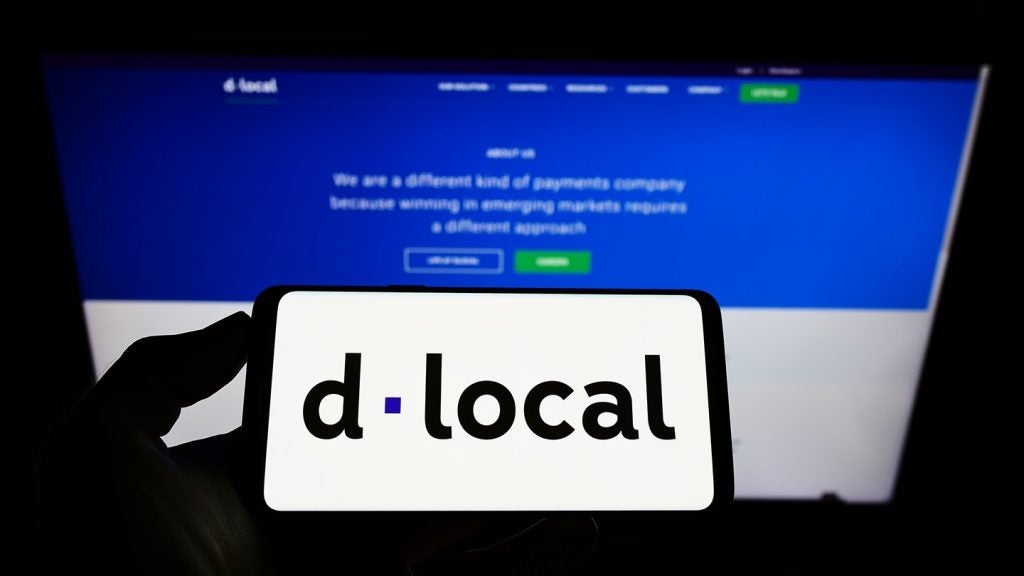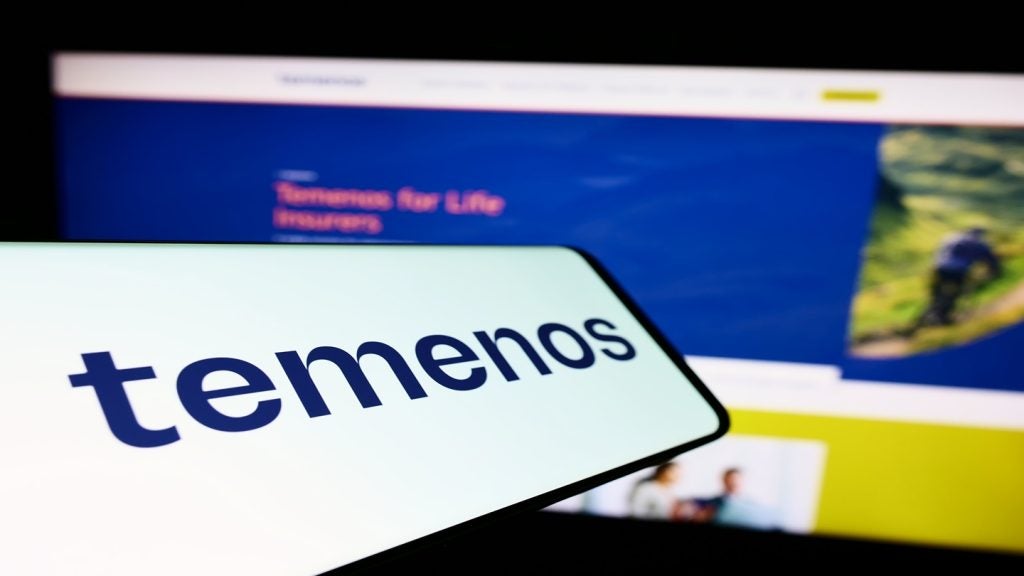After two years of painful
credit losses, the latest set of financial results from the largest
issuers in the US suggest that conditions may be improving. But
many are waiting with baited breath to see how recent card reforms
may impact industry profitability next year, as Charles Davis reports.
Third-quarter results from major US
issuers and card associations demonstrate just how slowly credit
conditions are improving, but in some cases demonstrate the
resiliency of the world’s largest cards market.
As the industry crawls its way back from the
depths of one of the harshest credit cycles in modern financial
history, card losses remained heavy nearly across the board in the
third quarter, but some issuers saw elusive signs of life in the
quarter’s reprieve from charge-offs.
Bank of America (BofA), which posted the
highest charge-off rate for the quarter among the five largest US
issuers, still found enough evidence of a turnaround to declare
that its bad card loans had “plateaued”, according to its earnings
report, while JPMorgan Chase bluntly emphasised that more pain lay
ahead.
Capital One, meanwhile, signalled a peak in
credit losses in the next couple of quarters and a more imminent
peak in the charge-off rate thanks at least in part because the
issuer is taking aggressive steps to reduce the size of its
portfolio.
Short-term charge-off rise at Capital
One
How well do you really know your competitors?
Access the most comprehensive Company Profiles on the market, powered by GlobalData. Save hours of research. Gain competitive edge.

Thank you!
Your download email will arrive shortly
Not ready to buy yet? Download a free sample
We are confident about the unique quality of our Company Profiles. However, we want you to make the most beneficial decision for your business, so we offer a free sample that you can download by submitting the below form
By GlobalDataCapital One projected that its
charge-off rate would continue to increase this quarter.
Revenues, as a percentage of average domestic
credit card balances, jumped 230 basis points from the previous
quarter to 16.8 percent at Capital One, in part because of price
increases the company implemented earlier in the year. It projected
that the margin would stay above 16 percent this quarter and be
close to that mark next year.
“We believe the company posted solid results
as they came in ahead of our already above-consensus estimates,”
analysts Keefe Bruyette & Woods told clients in late October
when it raised its earnings outlook for the firm.
“Clearly, all of the repricing that occurred
this quarter was a key driver of the strong results, but also
moderating pressure on credit quality and a decline in marketing
spend.”
BofA CEO Kenneth Lewis said the new credit
reforms are ushering in a “sea change” in the business.
“It would be premature to tell you what it
will look like in any exact form. But it is going to be different.
We acknowledge that, and we are working on it,” Lewis said.
BofA’s charge-off rate increased 117 basis
points from the previous quarter to 12.9 percent, a far bigger
increase than at its largest competitors and the worst charge-off
rate overall. But it was also a smaller increase for the company
than the second quarter’s 311 basis points and the first quarter’s
146 basis points.
The proportion of the $2.3 trillion-asset
banking company’s accounts overdue by more than 30 days fell by 29
basis points from the previous quarter to 7.4 percent in the third
quarter. It cited the decline as the reason for its $600 million
reserve release.
Acknowledging higher credit card loan
defaults, US Bancorp announced it generated $267 million in credit
and debit card revenue during the third quarter ended 30 September,
down 0.7 percent from $269 million during the same period last
year. Corporate payment products revenue rose 1.1 percent, to $181
million from $179 million. Revenue from merchant processing
services was flat at $300 million.
US Bancorp’s credit card charge-off rate on
receivables was 6.99 percent, up 214 basis points from 4.85 percent
a year earlier. The company held $15.4 billion in average credit
card loans at the end of the quarter, up 26.2 percent from $12.2
billion a year earlier. The company noted in a press release that,
during the quarter, it extended $1.8 billion in new credit card
accounts, excluding credit card portfolio purchases.
Charge-off rate drops at
Citi
Citigroup said its charge-off rate
for loans on cards with the Citi brand fell 11 basis points from
the second quarter, to 10.15 percent. The charge-off rate for its
retail partners portfolio fell 86 basis points, to 13.3 percent.
The$1.9 trillion-asset New York banking company has put these loans
into Citi Holdings, a repository for assets it is looking to
divest.
The net loss at JPMorgan Chase’s card unit
widened by 4.2 percent from the previous quarter to $700 million as
it enlarged its allowance by 5.2 percent, to $9.3 billion. The
company predicted results could be substantially worse in the first
half of next year.
The news was better for the associations and
non-bank issuers. American Express (Amex) said it expects credit
expenses to continue to fall in the fourth quarter and it is
increasingly focused on growth opportunities.
Delivering on its July forecast that
write-offs had peaked in the second quarter, Amex posted a
110-basis-point decline in the charge-off rate for its US credit
card portfolio, to 8.9 percent in the third quarter. The company’s
provision for credit card loan losses fell 24.6 percent from the
previous quarter but increased 5 percent from the year prior to
$973 million.
Amex said its credit performance has been
improved by a change in the policy it uses to determine when to
reset late accounts to current, which it said brings it more into
line with the rest of the industry.
While Amex reported a 22 percent drop in
earnings, it said there are signs that the decline in spending
could be stabilising and the rise in loan losses easing.
Meanwhile, the charge-off rate for securitised
receivables at $43 billion-asset Discover Financial Services
declined 47 basis points, to 8.69 percent. Discover reported that
the percentage of loans more than 30 days past due increased 22
basis points, to 5.57 percent.
Net income for the quarter rose to $577.5
million, from $180.1 million in the same period last year, buoyed
by a $287 million gain from the latest instalment of an antitrust
settlement with Visa and MasterCard.
MasterCard said net income totalled $452.2
million, compared with a loss of $196.6 million for the same period
a year ago. The loss resulted from a $515.5 million after-tax
charge to settle the Discover lawsuit.
Visa reported net income of $514 million,
compared with a loss of $356 million a year ago also stemming from
the settlement of the antitrust lawsuit with Discover.







